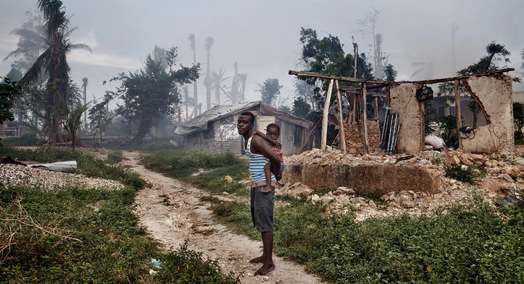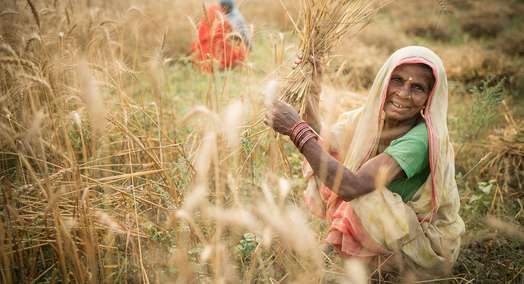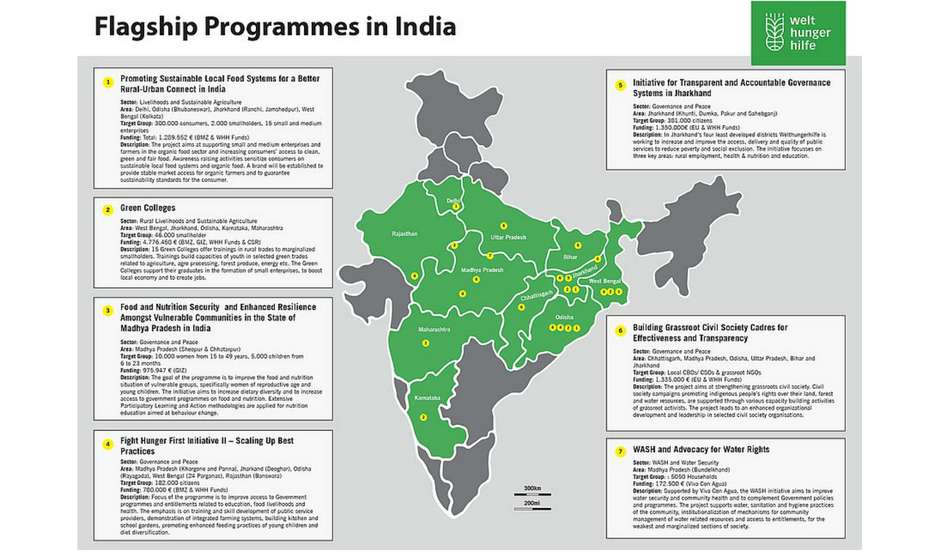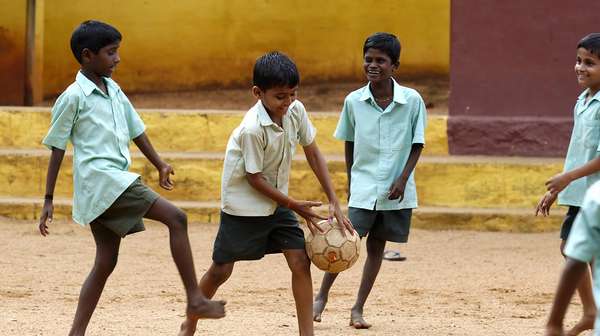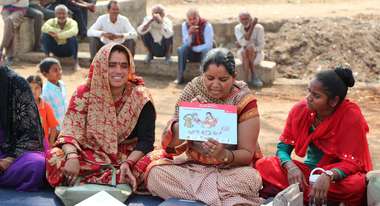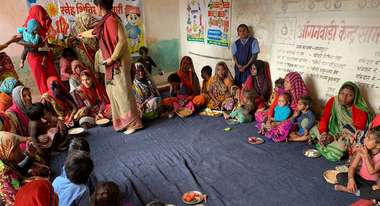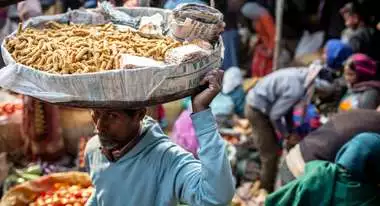Welthungerhilfe website India and Bangladesh
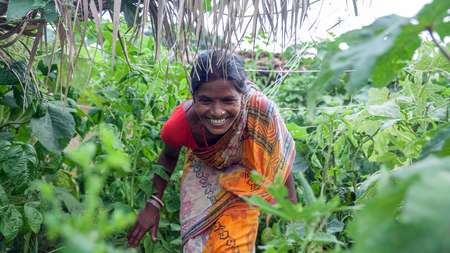
Treasures from the Jungle
India is a land of contrasts. 1.25 billion people live here. A few of them are very rich, more than half of the population lives in poverty. Four in ten Indian children are undernourished. One-third of the global population living in poverty lives in India. Although there has been success in almost halving the prevalence of child growth retardation in India in the last ten years, still one-third of all children in the world with growth retardation live in India. In the countryside, nutrition is rarely secure. This means that hunger is a latent threat for many people.
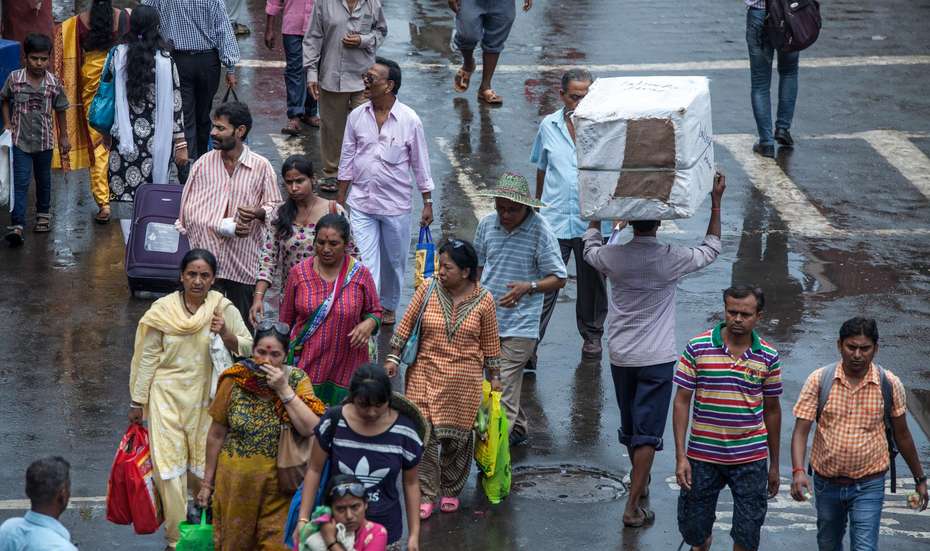
Climate Change and Marginalisation as a Cause of Hunger
One reason: Rainfed agriculture provides food for almost 40 percent of the Indian population, but this kind of agriculture is very vulnerable to drought. A consequence of climate change, which people in India feel keenly.
A further cause of hunger and poverty: Marginalisation. Girls, women, indigenous people and members of the lowest caste, so-called ‘untouchables’, are among the weakest in society. Many of them are limited in their human rights, such as the right to food, they attend school less often and have worse access to medical care.
Info & Facts: Case Study on India
- 16.6% of the Indian population are undernourished, because they cannot meet their daily calorie need.
- 35.5% of children under 5 years are stunted in their development (their body size is too small for their age), evidence of chronic malnutrition.
- 18.7% of children under 5 years are ‘wasted’ (their weight is too low for their body size), evidence of acute malnutrition.
- 3.1% of children die before they reach 5 years old.
How Welthungerhilfe Supports People in India
Welthungerhilfe has worked in India for over 50 years. We are working to strengthen disadvantaged population groups in particular, such as women, indigenous peoples and smallholders.
- Increasing knowledge: In 13 schools (Green Colleges) the young rural population is learning how to use resources both sustainably and profitably. After graduating, 75 percent of the graduates go on to work in agriculture.
- Promoting sustainable agriculture: Smallholders learn to improve the yields on their small land plots, without over-exploiting the natural resources. This includes organic agriculture, as well as forest conservation and traditional knowledge.
- Strengthening democracy and peace: With the ‘Fight Hunger First’ initiative we are facilitating societal participation for disadvantaged groups, in order to break the cycle of poverty. Women play a special role in the initiative and take on important functions, such as in education and group leadership.
- Improving access to water and hygiene: We help to tap hygienic water sources and develop sustainable water systems.
- Promoting climate change adaptation: We work with people to equip themselves against flooding and storms.
‘Fight Hunger First’ Initiative
Today, the ‘Fight Hunger First’ initiative is one of our most important initiatives in India. The aim is to enable people to take their development into their own hands. For this purpose, local organisations are created (Community Based Organisations), which plan and implement all the necessary measures for their village community. They raise awareness about citizen and human rights, disseminate knowledge about healthy nutrition and sustainable agriculture, build schools, public health services and sanitary facilities.
This approach works! In 2016 there are over 900 active local organisations.
In the Communities…
- the number of undernourished children decreased by ten percent,
- the number of children going to school increased by ten percent,
- 300 primary schools were built, of which 78 percent have clean water and sanitary facilities,
- half of families have a balanced diet.
Hidden Treasures, Forgotten Food
A balanced diet is particularly important for women and children. Alongside the cultivated fields of the large-scale farmers and the multicoloured gardens of the smallholders, real treasures are hidden between large jungle trees. In the Jharkhand region, for example, the older women who still possess traditional knowledge collect leaves, roots, mushrooms, insects and fruits from the forest. These are classed as uncultivated foodstuffs, as they are not yet worked in the agricultural sense.
These forgotten foods could be an important piece of the puzzle in the fight against hunger in India, especially in the remote villages of the rural and indigenous population. The forest fruits provide important vitamins, minerals and fibres and are a valuable addition to the daily diet. But as this wealth is almost forgotten, together with local partners we are digging out the old knowledge about these hidden food treasures.
